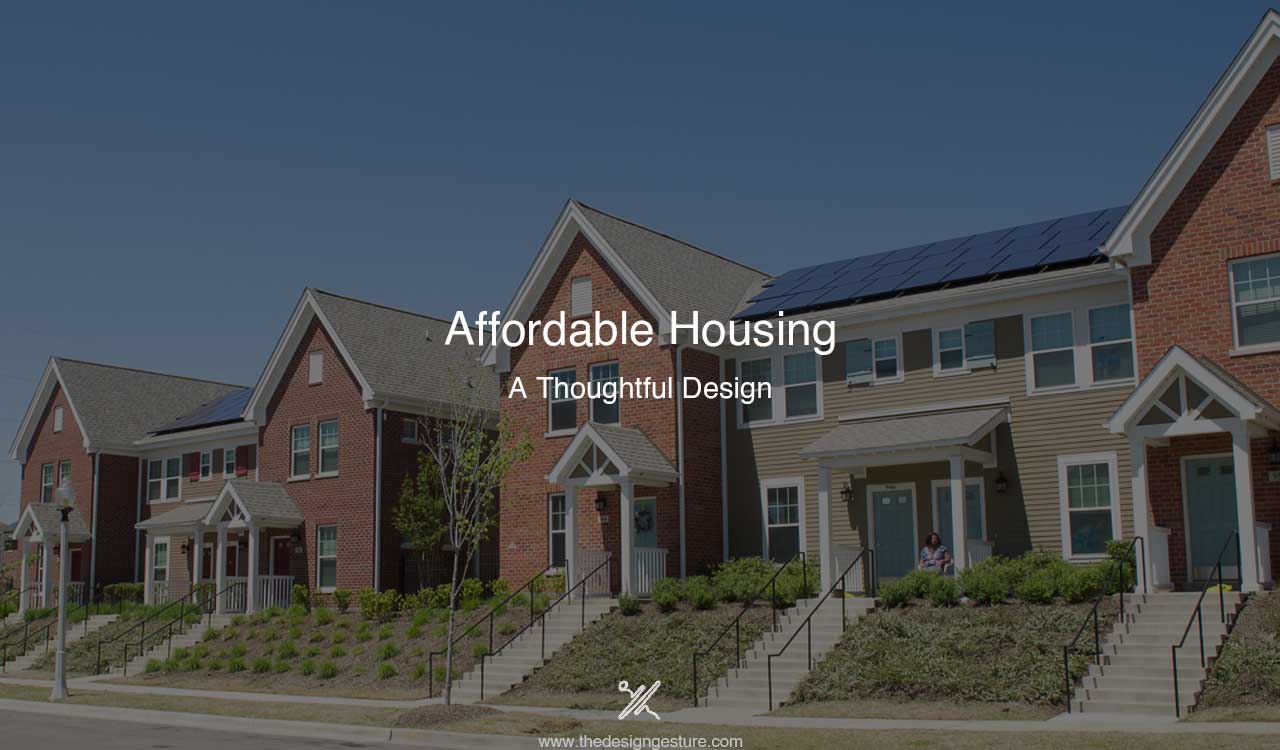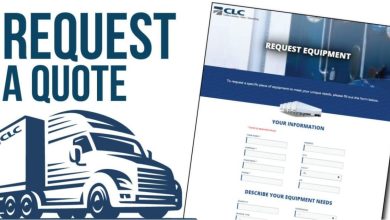Affordable Housing Solutions: A Guide to Finding Your Ideal Home

Affordable housing has become a pressing concern for individuals and families across the globe. With the cost of living rising steadily, finding a home that fits your budget while meeting your basic needs can feel like a daunting task. However, affordable housing solutions are available, and understanding the options can help you secure a comfortable living space without breaking the bank. This article will explore different types of affordable housing, available programs, and tips for finding the right solution for your needs.
What is Affordable Housing?
Affordable housing refers to housing units that are reasonably priced to ensure that people of various income levels can find and maintain homes. The general rule is that housing costs, including rent or mortgage payments and utilities, should not exceed 30% of a household’s gross income. When housing expenses go beyond this threshold, it can place a strain on finances, making it difficult for individuals to cover other essential costs such as food, healthcare, and transportation.
Types of Affordable Housing Solutions
There are several types of affordable housing solutions, each designed to cater to different financial circumstances and housing needs. Here are some of the most common options:
1. Subsidized Housing
Subsidized housing is a government-supported option that helps low- and moderate-income individuals afford rent. This type of housing often comes in the form of public housing or Section 8 vouchers in the United States, where the government pays a portion of the rent directly to landlords. Eligibility for subsidized housing is based on income levels, and there may be a waiting list depending on the availability of units.
2. Rent Control and Rent Stabilization
Rent control and rent stabilization laws are designed to limit how much landlords can increase rent each year. These regulations are particularly important in urban areas where rental costs can skyrocket. Rent-controlled apartments are generally older units that remain under strict pricing regulations, while rent-stabilized apartments are subject to moderate rent increases, making them an affordable option for those who meet income eligibility requirements.
3. Affordable Homeownership Programs
Many government and non-profit organizations offer affordable homeownership programs for first-time buyers. These programs provide assistance with down payments, offer lower mortgage rates, or facilitate home purchases through specific loan programs. For example, the Federal Housing Administration (FHA) in the United States offers loans that allow individuals with lower credit scores or less substantial down payments to purchase a home. Other organizations like Habitat for Humanity help individuals build and own homes at an affordable cost.
4. Cooperative Housing
Cooperative housing (or co-ops) is another solution for affordable housing. In this model, residents own shares of a corporation that owns the property. Rather than owning individual units, each resident owns a part of the whole building and has the right to occupy a unit. Co-ops often have lower costs than traditional homeownership because they are run by the residents themselves, which helps keep prices down.
5. Tiny Homes and Modular Housing
Tiny homes and modular housing have become increasingly popular as affordable housing solutions. These small, efficient living spaces are much cheaper to build and maintain than traditional houses. Tiny homes offer flexibility and mobility, while modular homes are prefabricated in sections and assembled on-site, making them a cost-effective and sustainable option.
Government Assistance and Programs
Various government programs provide financial assistance and support for affordable housing. Understanding these programs can help you find an affordable housing solution that works for your situation:
1. Section 8 Housing Choice Vouchers
The Section 8 program is one of the most well-known government housing assistance programs in the U.S. It provides low-income families, the elderly, and disabled individuals with vouchers to help cover the cost of rent in privately-owned apartments and homes. Renters can choose housing that fits their needs, while the program pays a portion of the rent directly to the landlord.
2. Low-Income Housing Tax Credit (LIHTC)
The LIHTC program provides tax credits to developers and investors who build or rehabilitate affordable rental housing for low-income tenants. This encourages the creation of more affordable housing units, increasing the availability of homes for families and individuals in need.
3. Public Housing
Public housing is a government-owned and operated form of subsidized housing. It provides affordable rental options for low-income families, the elderly, and disabled individuals. Public housing developments are often located in urban areas, and rent is based on income, ensuring affordability for residents.
4. USDA Rural Development Housing Assistance
For individuals living in rural areas, the USDA offers housing assistance through direct loans, guaranteed loans, and grants. These programs aim to provide affordable homeownership opportunities and rental housing options for low- to moderate-income individuals in rural communities.
Tips for Finding Affordable Housing Solutions
While affordable housing is available, finding the right solution requires some effort. Here are some practical tips to help in your search:
1. Start Your Search Early
Since affordable housing is in high demand, it’s essential to start your search early. Research your area for affordable housing options, including government programs and non-profit organizations, and get on waiting lists as soon as possible.
2. Use Online Resources
Many websites and apps can help you locate affordable housing in your area. These platforms allow you to search for subsidized housing, rent-controlled units, and more. Popular online tools include HousingLink, Affordable Housing Online, and Zillow’s affordable housing section.
3. Check Eligibility for Assistance Programs
If you’re struggling to find affordable housing, check your eligibility for government assistance programs such as Section 8, FHA loans, or local housing grants. These programs can significantly reduce your housing costs, making it easier to find a home that fits your budget.
4. Consider Shared Living Arrangements
Shared living arrangements, such as renting a room in a house or co-living spaces, can be more affordable than renting an entire apartment or home. This option is especially useful in high-cost areas where individual rentals may be out of reach.
5. Think Outside the Box
If traditional housing solutions seem too expensive, consider alternative options such as tiny homes, co-ops, or modular housing. These choices can provide affordable living arrangements with less financial pressure.
Conclusion
Affordable housing solutions exist, and while the search for the right home may take time, understanding your options can help you make informed decisions. Whether you’re exploring subsidized housing, rent-controlled units, or affordable homeownership programs, there are resources available to support you in finding a home that meets your needs. Stay proactive, explore all the available assistance programs, and consider innovative housing models to secure an affordable and comfortable place to live.




